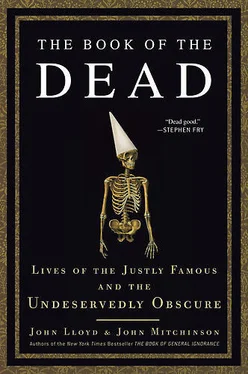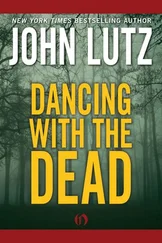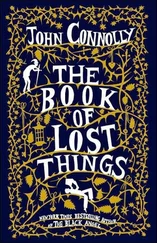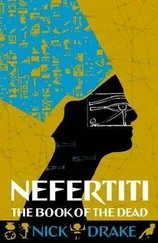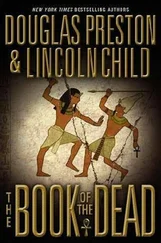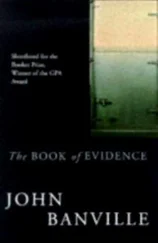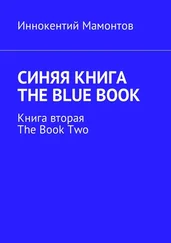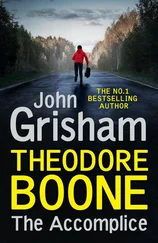One person who would have appreciated Mary’s last wish was the great twentieth-century physicist Richard Feynman(1918–88). Tall, handsome, and funny, he was also an eccentric prankster with a huge appetite for the preposterous. His own last words were in the same spirit: “I’d hate to die twice. It’s so boring.” For Feynman, to be bored in life, work, or death was the ultimate sin.
He was born into a tight-knit Jewish family in New York and didn’t talk until he was well past three years old. Not long afterward, his father, somewhat optimistically, bought him the entire Encyclopedia Britannica. But the young Feynman devoured it: It was his constant companion throughout his childhood, and by his early teens he had read it cover to cover. His father, Melville, a Belarusian car-polish salesman, stretched him in other ways, too. He taught him to predict mathematical patterns using building blocks and took him on long walks where he showed him how to pay close attention to nature. It was his father, Feynman always said, who taught him the difference between “knowing the name of something and knowing something.” Years later he would write:
You can know the name of a bird in all the languages of the world, but when you’re finished, you’ll know absolutely nothing whatever about the bird. So let’s look at the bird and see what it’s doing—that’s what counts.
Melville also had a wonderful knack of turning abstract scientific ideas into stories, something his son would inherit and make his trademark:
For example, when I was playing with my electric trains, he told me that there is a great wheel being turned by water which is connected by filaments of copper, which spread out and spread out and spread out in all directions; and then there are little wheels, and all those little wheels turn when the big wheel turns. The relation between them is only that there is copper and iron, nothing else—no moving parts. You turn one wheel here, and all the little wheels all over the place turn, and your train is one of them. It was a wonderful world my father told me about.
As a result, science and fun were indistinguishable for the young Feynman. He accumulated tubes, springs, batteries, anything mechanical he could get his hands on, and performed experiments. He paid his younger sister Joan (who also became a physicist) four cents a week to act as his lab assistant. Part of her role was to agree to be electrocuted (mildly) in front of Dick’s friends. He also created a rudimentary burglar alarm for the house and an electric motor that would rock his sister’s cot. He was known in the neighborhood as “the boy who could fix radios by thinking.”
He hated school, of course—except for the Math Team, where he reigned supreme. In the school yearbook, he was given the soubriquet Mad Genius, which he did his best to live up to. Studying for his bachelor’s degree at the Massachusetts Institute of Technology, his math and physics results were off the scale, and later, in the entrance exam for Princeton, he achieved a perfect score in both subjects—a feat never achieved before or since. Feynman’s happiest times at the university were spent playing in his room, trying to figure out how ants communicated or the physics required to explain how jelly set. Nevertheless, his doctoral thesis caused a sensation. In it, he created an entirely fresh approach to quantum mechanics—unlike anything anyone had done before—and applied it with spectacular success to describe the interactions of electrons and photons. Rather as Oliver Heaviside had done with Maxwell’s equations for electromagnetism, the twenty-three-year-old Feynman had come up with a simpler, more elegant solution than anyone had thought possible. He later claimed that he had a synesthetic gift: He could see the underlying patterns in a sequence of equations marked out in different colors.
This unconventional brilliance earned him a junior role in the Manhattan Project, helping to develop the atomic bomb at Los Alamos in New Mexico. Glamorous though this sounded, he soon got bored: “There wasn’t anything to do there,” he complained. To while away the time, he taught himself to pick the combination locks on the security complex’s top secret filing cabinets, or disappeared into the desert to chant and drum in Native American style, gaining himself the nickname Injun Joe. Despite his initial euphoria at the success of the tests (typically, he was the only one to see the bomb explode without protective glasses, reasoning—correctly—that a car windscreen was sufficient to screen out the harmful alpha radiation), he later regretted his involvement, likening it to tickling the tail of a sleeping dragon.
In 1948 he won the Nobel Prize for Physics. He was only thirty. As with his graduate thesis, the prize was awarded for improving and clarifying the work of others. Quantum electrodynamics (QED) was the discipline that explained the behavior of light, magnetism, and electricity, but it was irritatingly unreliable. With two other physicists, Feynman fixed the flaws in the theory, but his most important contribution was to describe the motions of subatomic particles using a sequence of small, elegant diagrams. He always downplayed the work he did at this period as so much “mathematical hocus-pocus,” but he liked his Feynman diagrams enough to paint them all over his van. They are still the best way of describing the quantum world.
The major portion of Feynman’s professional life was spent at the California Institute of Technology (Caltech). It is sometimes said of him that although he was unquestionably one of the great physicists of any century, he didn’t make a major theoretical breakthrough or give his name to an important new discovery. That may be less to do with him than the nature of physics in the period—few of his contemporaries could claim to have done so either. It also obscures what is Feynman’s greatest achievement: He was the best and most charismatic teacher of his generation. He loved teaching and believed that if a theory couldn’t be explained to a nonscientist, there was something wrong with the theory. In the introduction to his bestselling collection of lectures, he tells his audience:
What I am going to tell you about is what we teach our physics students in the third or fourth year of graduate school… It is my task to convince you not to turn away because you don’t understand it. You see my physics students don’t understand it. That is because I don’t understand it. Nobody does.
But this, as he explains, is neither demoralizing nor defeatist:
We can imagine that this complicated array of moving things which constitutes “the world” is something like a great chess game being played by the gods, and we are observers of the game. We do not know what the rules of the game are; all we are allowed to do is to watch the playing. Of course, if we watch long enough, we may eventually catch on to a few of the rules. The rules of the game are what we mean by fundamental physics .
Feynman always described his physics as “fiddling about” or “a game.” For him, it was play rather than work: just a matter of looking closely, and wondering:
When someone says, “Science teaches such and such,” he is using the word incorrectly. Science doesn’t teach anything; experience teaches it. If they say to you, “Science has shown such and such,” you might ask, “How does science show it? How did the scientists find out? How? What? Where?”
He spent most of the second half of his life trying to supply intelligible answers to these questions. Perhaps the perfect Feynman moment came in the inquiry into the Challenger spaceshuttle disaster in 1986. The commission had become mired in evasions and technical obscurantism and was finding it impossible to pinpoint the cause of the accident. One suspect was the rubber O-rings used as seals between the sections of the solid fuel rockets. The failure of these immense but fragile rings—only a quarter of an inch in diameter but thirty-seven feet in circumference—would certainly have caused the disaster, but nobody could (or would) say for certain whether they had, or why. Feynman was convinced the O-rings were to blame. Live on camera, in front of the commission and all the witnesses, he cut through the whole tangle of evidence by taking a small section of O-ring and dipping it into a glass of iced water. It was immediately obvious to everyone that the rubber instantly lost its elasticity at cold temperatures, which would have caused the seals to fail and the rocket to break up. On that fateful morning, the temperature had been 24° F lower than the engineers recommended. Case closed. It was science at its simplest and most powerful: Epicurus would have been proud.
Читать дальше
